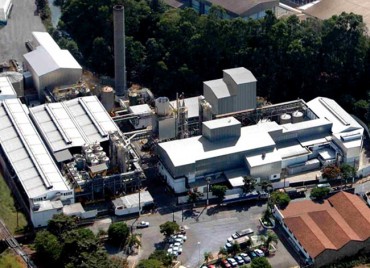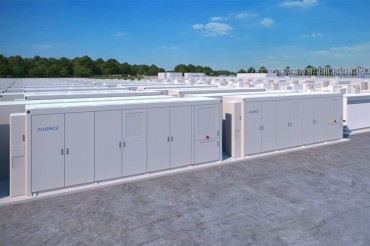The Rad-icon 2022 detector features 2064 x 2236 pixel resolution, an active area of 20.4 x 22.1 cm and 99 micron pixel size. (image: Teledyne DALSA)
WATERLOO, Ontario, Jun. 30 (Korea Bizwire) – Teledyne DALSA, a Teledyne Technologies company and global leader in digital X-Ray image sensors, today announced its Rad-icon 2022 CMOS X-Ray detector. The Rad-icon 2022 will be showcased at the upcoming American Society for Nondestructive Testing (ASNT) Digital Imaging Conference, July 27-29th in Warwick, Rhode Island.
The Rad-icon 2022 detector features 2064 x 2236 pixel resolution, an active area of
20.4 x 22.1 cm and 99 micron pixel size. Rad-icon detectors deliver real-time imaging of up to 30 fps, high sensitivity, and superb resolution in a large area device that is fully integrated and available with a fast, reliable Gigabit Ethernet or Camera Link interface.
This unique combination of high resolution and fast imaging make Rad-icon detectors suitable for industrial x-ray inspection, scientific imaging, and non-destructive testing, including weld inspection, wire bond and printed circuit board (PCB) inspection, microfocus systems, computed tomography (CT) and other demanding industrial imaging applications.
“The Rad-icon 2022 detector’s unique 8” by 9” format is suitable for replacing 9” image intensifiers, and more cost-effective than larger a-Si panels,” commented Thorsten Achterkirchen, Vice-President, X-Ray Imaging for Teledyne DALSA, “The 99µm pixel size delivers excellent resolution and sensitivity, while the real-time 30fps frame rate allows for fast CT scans and live averaging of NDT images.”
Rad-icon digital x-ray detectors leverage Teledyne DALSA’s advanced CMOS image sensing technology and enable the delivery of higher image quality than a-Si flat panels and image intensifier devices.
Other features include:
- 5 lp/mm resolution
- Energy range from 10 to 225 kV
- 14-bit digitization of images
- SDKs, drivers and programming support
For additional product information, visit: www.teledynedalsa.com/rad-icon.
About Teledyne DALSA’s X-Ray Technology
Teledyne DALSA provides unmatched image sensing, capture and processing solutions to medical, dental, scientific and industrial equipment manufacturers. Our manufacturing processes comply with the stringent quality, reliability and traceability requirements of the medical and scientific X-ray community. For more information, visit www.teledynedalsa.com/xray.
About Teledyne DALSA
Teledyne DALSA, a Teledyne Technologies company, is an international leader in high performance digital imaging and semiconductors with approximately 1,000 employees worldwide, headquartered in Waterloo, Ontario, Canada. Established in 1980, the company designs, develops, manufactures and markets digital imaging products and solutions, in addition to providing MEMS products and services. For more information, visit www.teledynedalsa.com.
All trademarks are registered by their respective companies.
Teledyne DALSA reserves the right to make changes at any time without notice.
Image Available:
http://www.marketwire.com/library/MwGo/2015/6/29/11G046186/Images/Rad-icon_2022_back-1368349750798.jpg
Media Contact:
Geralyn Miller
Teledyne DALSA
Tel: +1 (519) 886 6001 ext. 2187
geralyn.miller@teledynedalsa.com
Sales Contact:
Teledyne DALSA X-Ray Imaging
Tel: + 1 (408) 736 6000
Email: sales.rad-icon@teledynedalsa.com
Source: Teledyne DALSA via Marketwired







